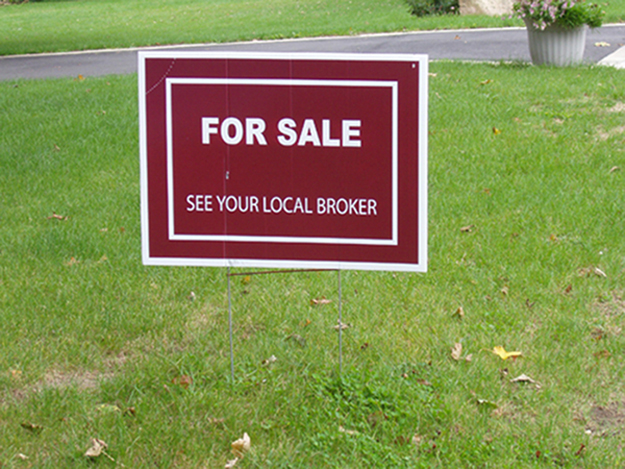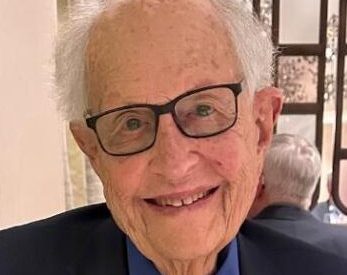F
ederal Housing Finance Agency (FHFA) Director Bill Pulte announced that the agency is “actively evaluating” portable mortgages, a concept that would let homeowners transfer their existing loan to a new property when they move. The idea is that borrowers could keep their current interest rate and terms instead of paying off the old loan and taking out a new one at today’s higher rates, thereby injecting activity into a sluggish housing market.
Many buyers have stayed on the sidelines because they are reluctant to abandon sub‑3 % rates for the roughly 6.5 % rates now available. Realtor.com senior economist Jake Krimmel told FOX Business that portable mortgages do not fit the architecture of U.S. mortgage finance and would not resolve the broader affordability crisis. He described Pulte’s proposal as a “brute‑force attempt to ‘solve’ the lock‑in effect.” In practice, a typical move requires prepaying the existing loan and securing a new one at prevailing rates. Krimmel argued that if the rate gap were the sole barrier, portable mortgages could unlock some activity and free up inventory. However, a May 2025 Federal Reserve report showed that the lock‑in effect accounts for only about half of the recent decline in mobility.
Krimmel added that the benefits of portability would be highly selective. Only borrowers with low rates would gain, while renters and homeowners without mortgages would still face current rates. The bigger issue, he said, is feasibility. The U.S. mortgage system relies on securitization, where loans are pooled and priced based on the specific property that backs them. Mortgages must remain tied to the original home so investors can assess collateral risk. Making a mortgage portable would alter the collateral—and therefore the risk profile—midstream, breaking the logic of securitization. It would also disrupt models that predict how quickly homeowners pay off their loans and how long those loans last, both of which are critical to valuing mortgage‑backed securities.
If moving no longer required paying off the current mortgage, Krimmel warned that loan durations would “extend sharply and unpredictably.” Investors would demand higher compensation for that extension risk, pushing mortgage rates higher—first abruptly, then structurally through wider spreads over the 10‑year Treasury. The changes would also complicate origination and servicing, as lien, escrow, taxes, and title obligations all depend on the specific property.
Overall, Krimmel concluded that while portable mortgages might seem like a neat fix for the lock‑in problem—a niche issue tied to current market conditions—widespread implementation would introduce thorny technical problems and significant unintended consequences, many of them worse than the issue they aim to solve.














